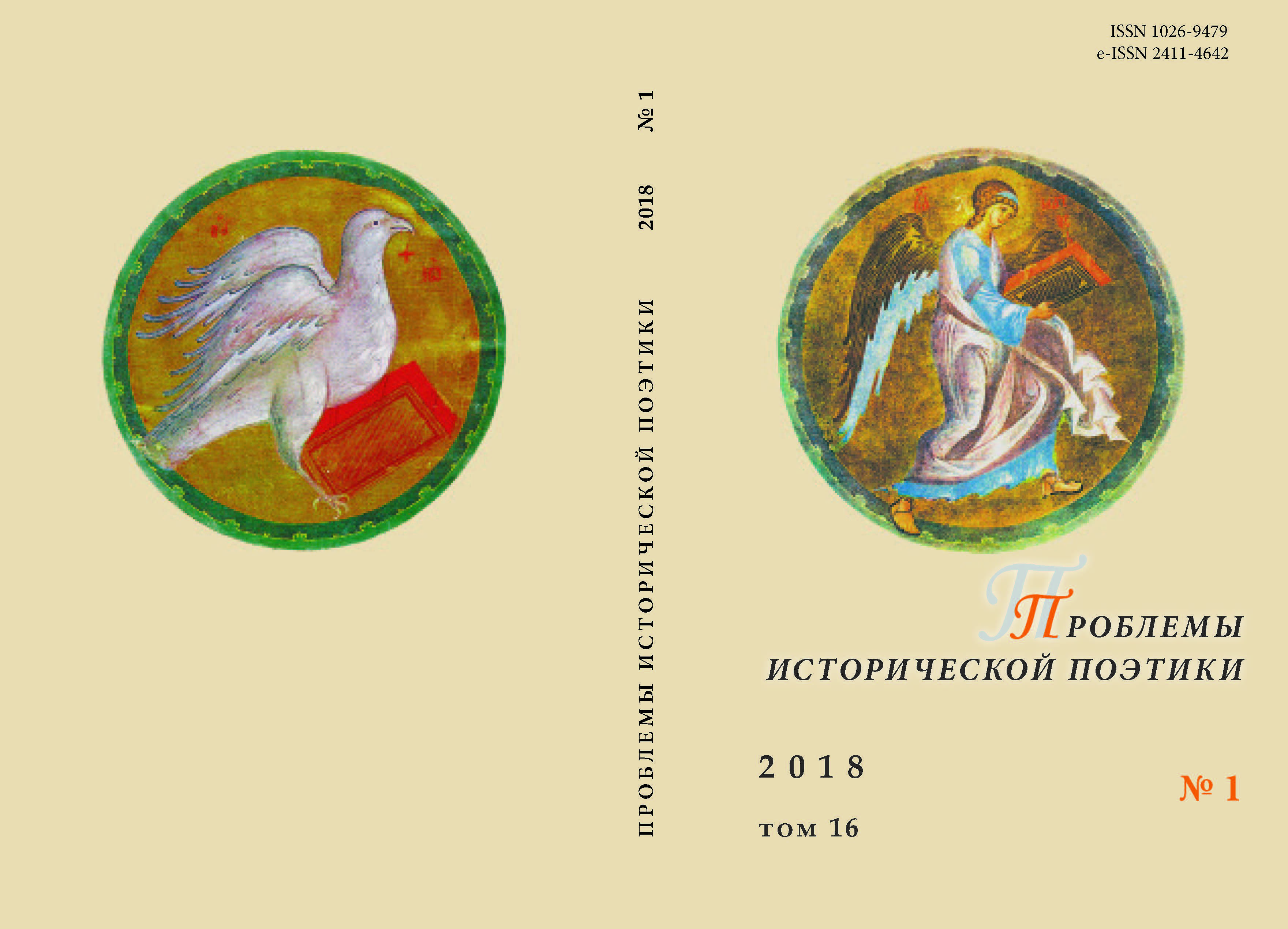ОБРАЗ СТЕНОГРАФА В «ФАНТАСТИЧЕСКОМ РАССКАЗЕ» «КРОТКАЯ» Ф. М. ДОСТОЕВСКОГО
THE IMAGE OF A STENOGRAPHER IN THE “FANTASTIC STORY” “A GENTLE SPIRIT” BY FYODOR DOSTOEVSKY
Author(s): Irina Svyatoslavovna AndrianovaSubject(s): Language and Literature Studies, Literary Texts, Fiction, Studies of Literature, Russian Literature, Philology
Published by: Петрозаводский государственный университет
Keywords: Dostoevsky; “A Gentle Spirit”;the shorthand image of the stenographer;non-fantastic convention; the form of storytelling;
Summary/Abstract: The short story “A Gentle Spirit” is the only work by F. M. Dostoevsky, which presents the image of a stenographer. This article contains the first special study on the functions and the internal structure of the image of the stenographer, on the importance of stenography in the creative process of Dostoevsky himself. These observations are supplemented with the materials of notebooks of the writer and his wife, also stenographer. The stenographer is a symbolic, imaginary, "inner" character introduced by the writer in order to write down the confessional monologue of the protagonist. The author of “A Gentle Spirit” reproduces the flow of thought of the Pawner and for the first time in literature carries out an experience of accurate recording of an internal conversation, a “stream of consciousness”. The techniques of the narration are aimed at creating in a reader a feeling of dealing with a verbatim report. Because of the convention of this “shorthand” form of the narration, Dostoevsky defined the genre of “A Gentle Spirit” as a “fantastic story”. Unlike Anna Dostoevskaya, who used to have a dialogue with the writer during the process of dictation, the stenographer in "A Gentle Spirit" gives no assessments of the actions and thoughts of the narrator and his wife, neither does he enter into a dialogue with the Pawner. The Husband of the Gentle Creature conducts an imaginary dialogue with himself, with his wife, as if she were still alive, with the listener-spectator, but he does not need a real interlocutor. The introduction of the image of the stenographer into the story allowed Dostoevsky to describe to a nail the difficult path that makes the Pawner perceiving a tragic meaning of the event — the suicide of his beloved wife, and realizing his absolute catastrophe in life.
Journal: Проблемы исторической поэтики
- Issue Year: 16/2018
- Issue No: 1
- Page Range: 155-172
- Page Count: 18
- Language: Russian

